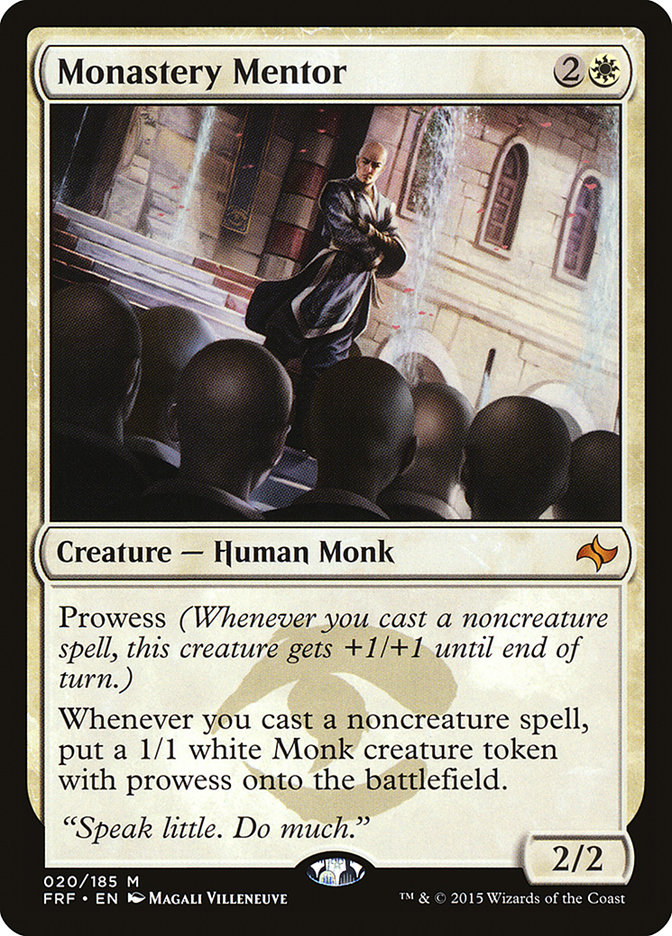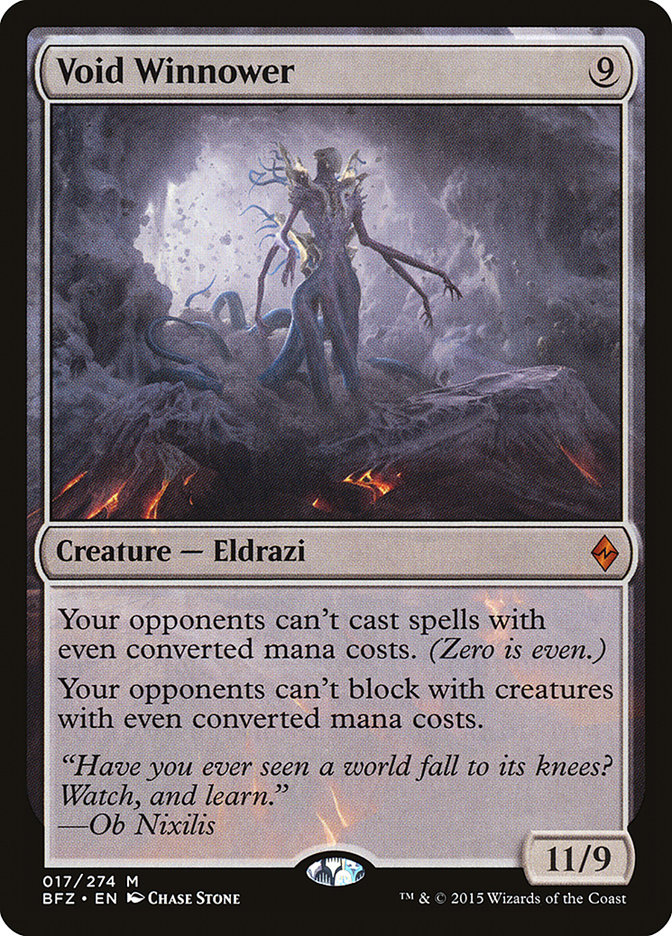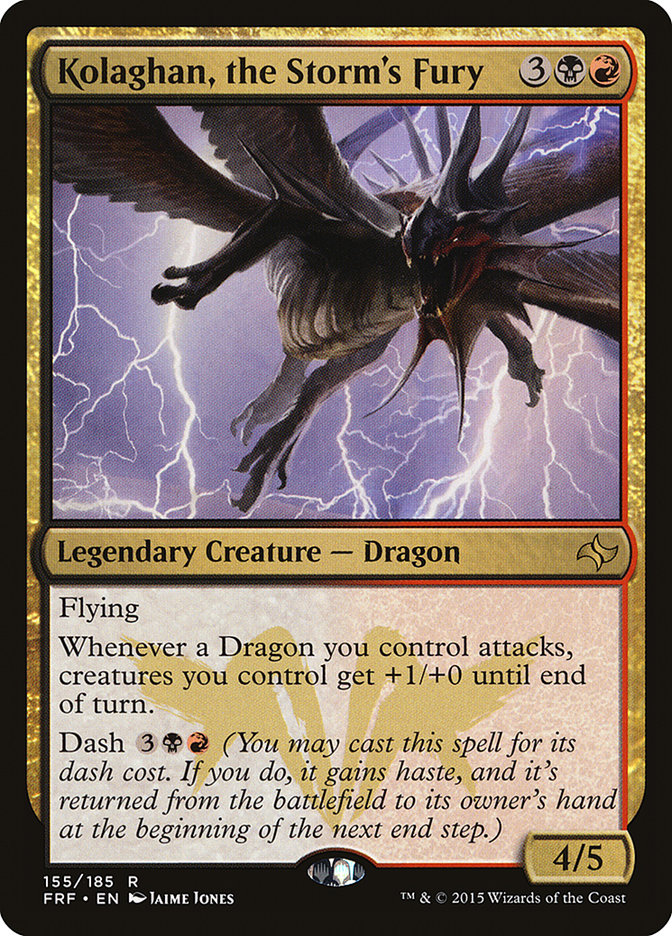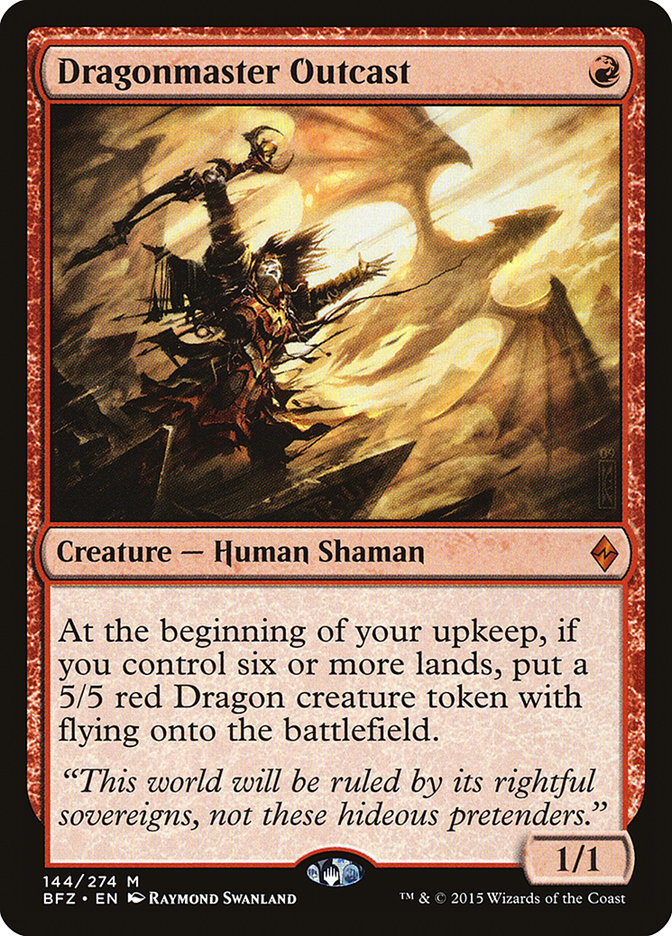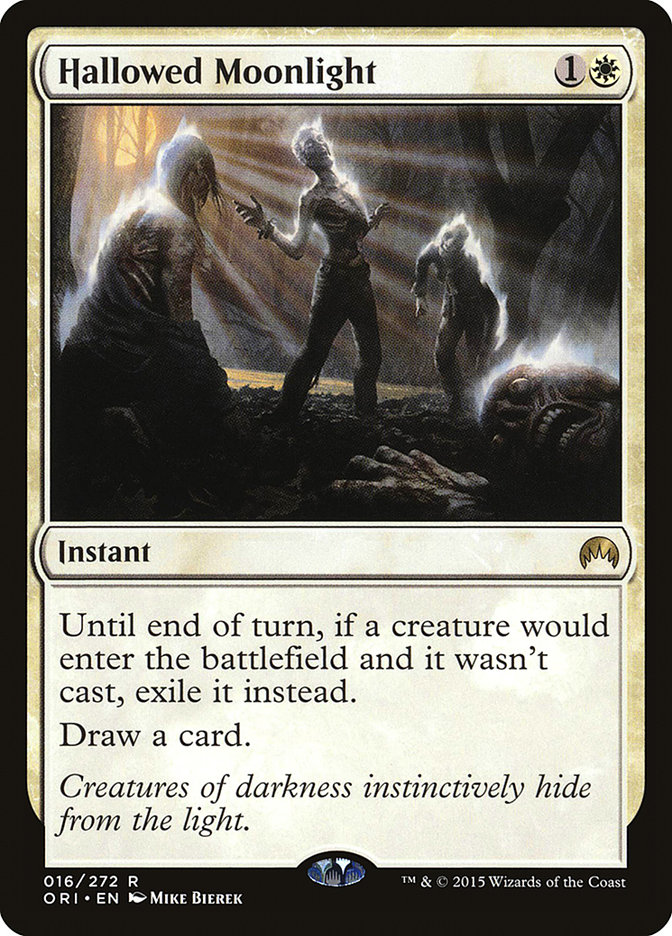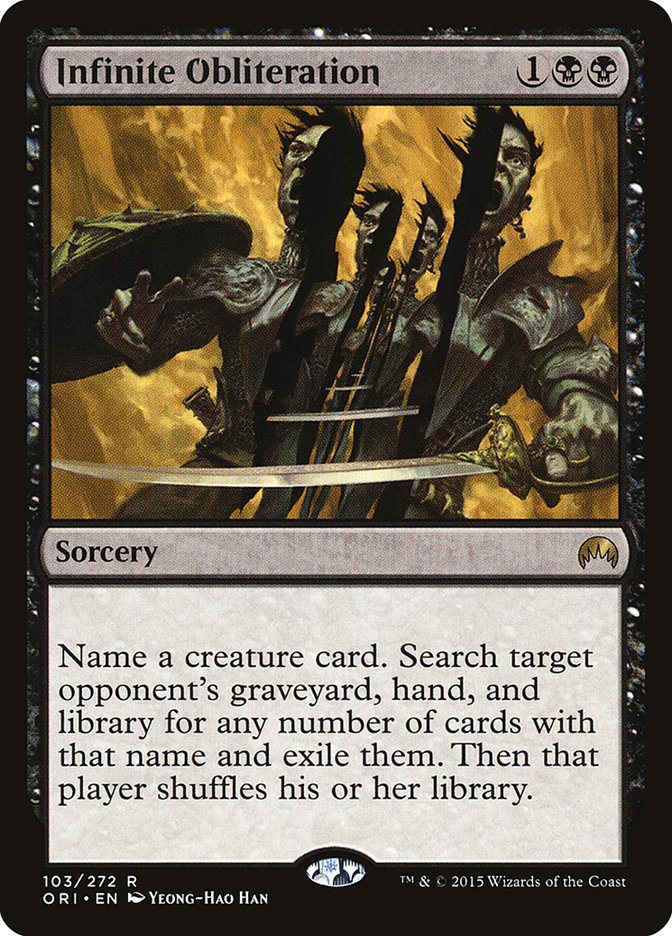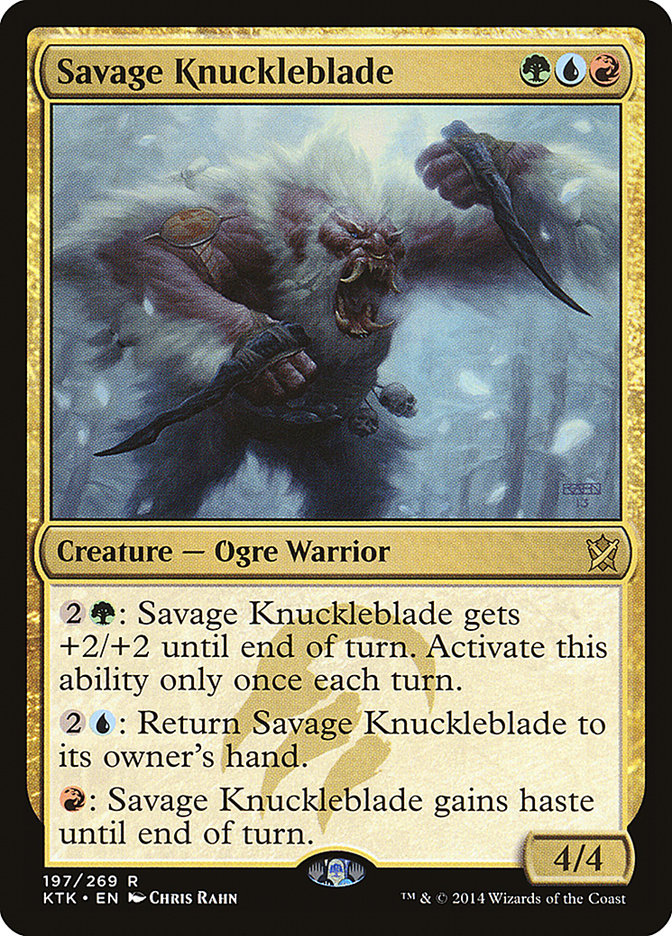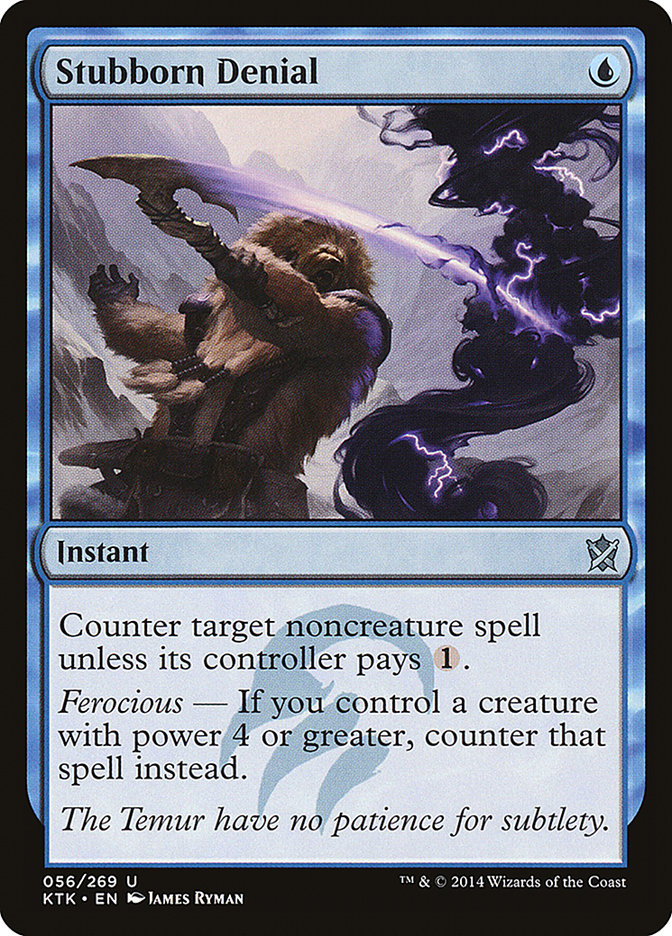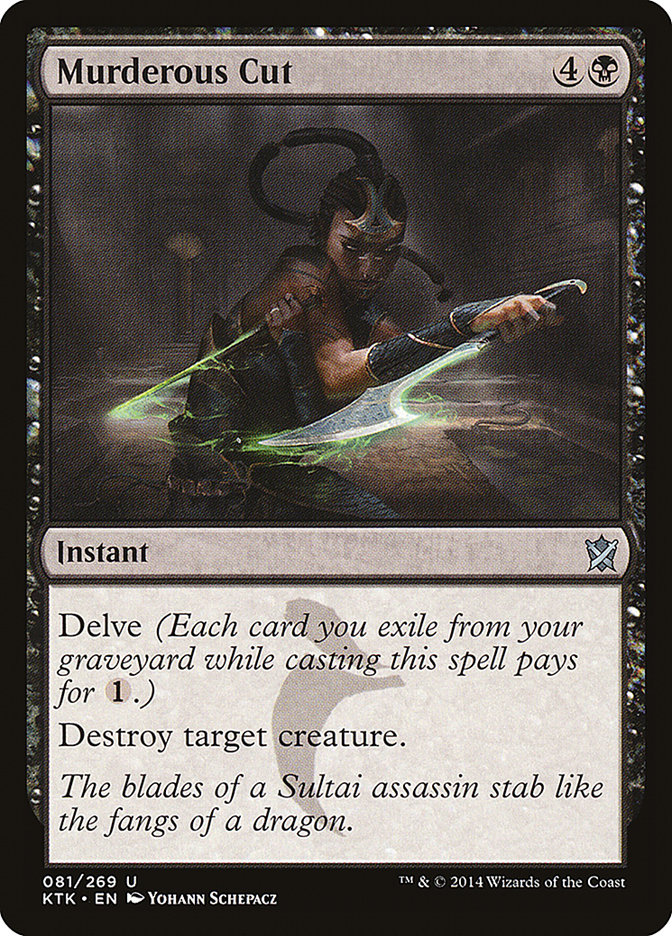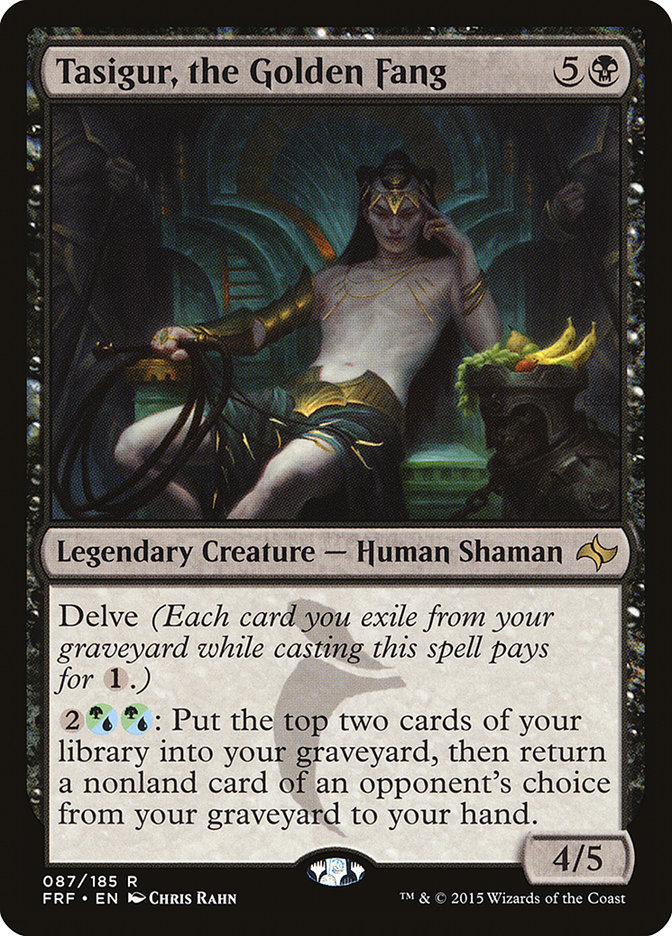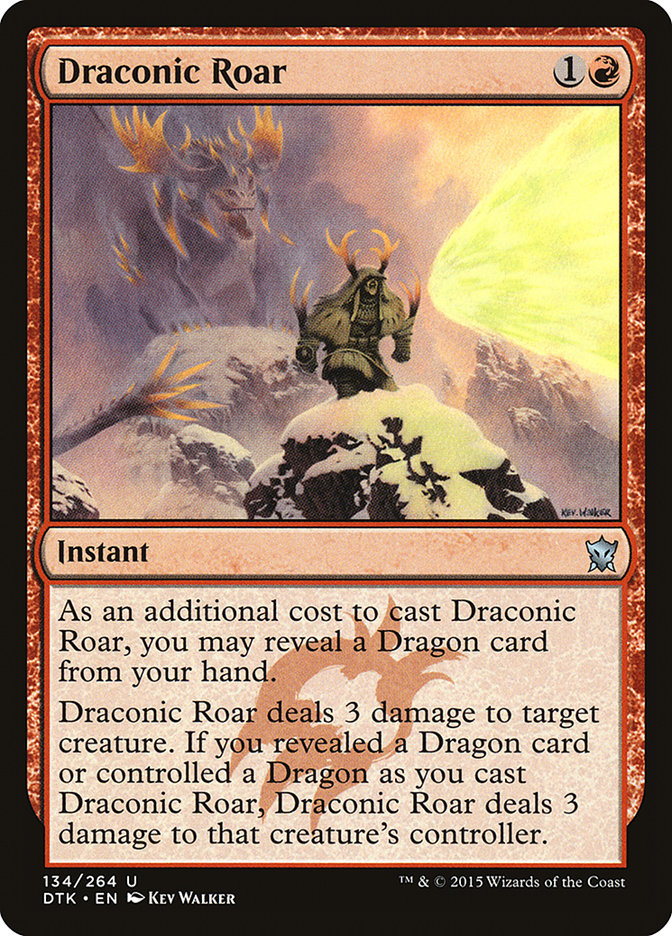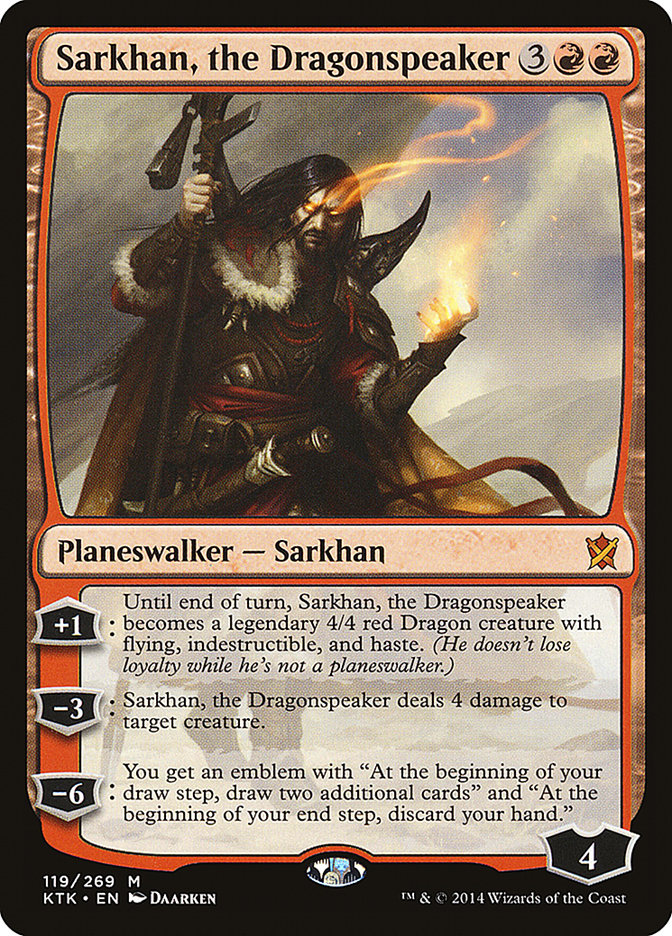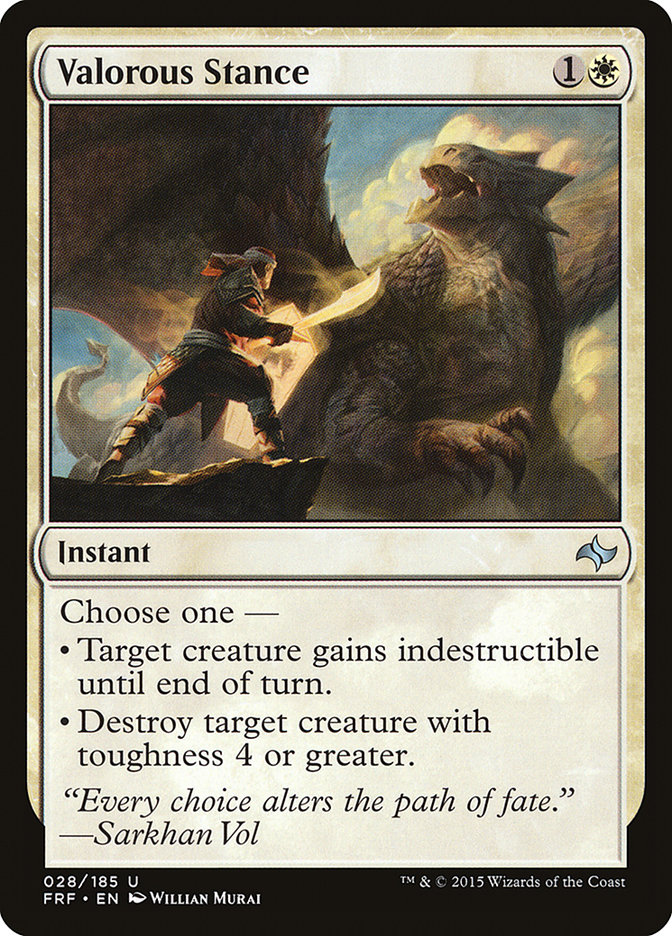Not sure if you got the memo, but kinda into this guy these days…
This card is literally great in every format. Maybe things have gotten better for it Standard (i.e no Searing Blood, Lightning Strike, or Bile Blight), but
I kind of suspect we just didn’t figure out how to use it correctly. If only someone less bad had previewed it, maybe suggesting playing the card for five,
instead of three, or considered the post-rotation world, things might have gone a different way.
Battle for Zendikar
Standard has continued to evolve a little, but for the most part, the evolution of the format has been along a tighter band than many recent formats. There
just aren’t enough new strong non-mana cards to really change the basic formula of playing a shard (like Esper) or four-colors (merging two Khans
factions).
What about the Eldrazi?
Are you talking about [REDACTED]?
Umm, What?
I see we’re supposed to let a great distortion make us wonder how close to get to so lose a bet when most of it butchers the truth?
I was talking Ulamog, the Ceaseless Hunger…
Of course, that makes sense, since Ulamog is the only Eldrazi still alive as long as we all sort of pretend that the other two died, rather than entering
Zendikar’s core.
Creatures (17)
- 2 Dragonlord Atarka
- 4 Hangarback Walker
- 2 Oblivion Sower
- 3 Ulamog, the Ceaseless Hunger
- 1 Conduit of Ruin
- 1 Void Winnower
- 4 Jaddi Offshoot
Planeswalkers (4)
Lands (25)
Spells (15)

Void Winnower maindeck? That’s odd.
Void Winnower is a major trump in the Eldrazi mirror. Having even a single copy in your deck is an enormous advantage since we’ve got five ways to find it,
and casting it usually locks the opponent out from meaningfully playing the game (notice how this list would be basically down to just the Dragonlord
Atarkas if the shoe was on the other foot).
Maindeck Void Winnower aside, the basic formula for Eldrazi Ramp has mostly settled down. Even the variations are fairly minor at this point. For instance,
Paul Thompson’s Naya Eldrazi splashes white seemingly just because of how cheap it is.
Creatures (17)
- 4 Rattleclaw Mystic
- 2 Dragonlord Atarka
- 2 Dragonlord Dromoka
- 2 Oblivion Sower
- 3 Ulamog, the Ceaseless Hunger
- 4 Jaddi Offshoot
Planeswalkers (4)
Lands (25)
Spells (14)

Without even so much as a Radiant Flames to use the white mana, Canopy Vista and Plains really are mostly just to support Dragonlord Dromoka. That said,
they do play a valuable role in the Oblivion Sower plan, as they ensure that stolen Flooded Strands can actually fetch something up!
But okay, Eldrazi aside, the format is mostly wedge factions splashing a fourth color and Shard decks. While Jeskai splashing black and Abzan splashing
blue have been quite popular, this week featured a few new twists. That #SCGKC was won by Abzan isn’t blowing anyone’s mind, but Matt Carlson’s take on the
archetype is a little different than what we’ve been seeing most of the time.
Creatures (21)
- 4 Heir of the Wilds
- 4 Anafenza, the Foremost
- 2 Wingmate Roc
- 4 Siege Rhino
- 1 Kolaghan, the Storm's Fury
- 4 Warden of the First Tree
- 2 Den Protector
Planeswalkers (4)
Lands (25)
Spells (10)

Crackling Doom and Kolaghan’s Command are both very powerful cards in their own right, but they help change this build’s strengths and weaknesses,
adjusting to the format as Matt saw it. It has been popular to splash blue for sideboard Dispel or Negate, but it’s not like those cards have done enough
to help Abzan overcome the recent Esper decks that have been gaining popularity.
Crackling Doom and Kolaghan’s Command, however, mean this build of Abzan can kill a Jace much more easily than traditional Abzan. Crackling Doom means we
can even kill Dragonlord Ojutai, and Kolaghan’s Command transforms into another Abzan Charm, of sorts, when you use it to get back a threat while making
them discard a card.
Red also opens up the surprise Kolaghan, the Storm’s Fury. Having a surprise haste creature can be a nice weapon against planeswalkers and sweepers, but
it’s also just a sweet card in conjunction with Gideon, Ally of Zendikar and Secure the Wastes.
Dragonmaster Outcast has been popular alongside Ojutai’s Command for a while now, but Carlson’s use here is actually quite clever. It can really exploit an
opponent without much removal that aspires to block or go over the top (like Eldrazi or Rally). It’s also a nice curve with Den Protector, since you can
play the megamorph on turn 6, then get back the Outcast and cast it, all in the same turn.
Sideboards have really evolved over the past couple of months. Hallowed Moonlight has become relatively commonplace, thanks to the massive popularity (and
success) of Matt Nass’s Four-Color Rally deck.
Infinite Obliteration most commonly names Ulamog, the Ceaseless Hunger, although I am not sold on this line of counter-attack being worth it out of Abzan.
I agree, you gotta do something, but I just think it’s too likely they can go over the top of you anyway, relying on Dragonlord Atarkas and Ugin, the
Spirit Dragons.
Top 8’ing with what is possibly the least common four-color combination, Josh McClain had the coolest deck in the top 8:
Creatures (20)
- 4 Rattleclaw Mystic
- 4 Savage Knuckleblade
- 2 Tasigur, the Golden Fang
- 2 Thunderbreak Regent
- 4 Woodland Wanderer
- 4 Snapping Gnarlid
Planeswalkers (2)
Lands (26)
Spells (12)

Rattleclaw Mystic has been gaining popularity in recent months in non-traditional spots, like Abzan. Now that Hangarback Walker has declined in popularity,
people have been looking for ways to make good use of the second turn besides Jace and Soulfire Grand Master. McClain’s list is well set up to take
advantage of the acceleration from two into four without being overly glutted on fours.
Savage Knuckleblade is the perfect “four-drop” for a Rattleclaw Mystic deck in a world of so many Fiery Impulses that we can never count on it living. If
they do kill the Mystic, Knuckleblade is bigger than almost any other three-drop. If they don’t kill the Mystic, you even get the four-damage haste kicker.
The basic strength of Josh’s list is its ability to make two big plays in a single turn. Stubborn Denial is great right now for all the same reasons that
Negate is maindeckable, but the real breakthrough for it is the addition of Tasigur. Tasigur is more than just another four-power creature. Its card draw
ability can force opponents to play into your interaction (else your advantage grows). It also doubles as another “cheap” play, letting you play two
fatties in the same turn.
Similarly, Murderous Cut lets us drop a Woodland Wanderer or Thunderbreak Regent while killing an opponent’s creature in the same turn. This tempo
advantage can give us a variety of tactical options that can make us harder to play around. For instance, Murderous Cut plus Savage Knuckleblade can stop
an Ally token from chump-blocking to save Gideon, Ally of Zendikar. What are they supposed to do? Keep an extra creature home against an empty board? Then
they’re just losing damage…
I love the use of Snapping Gnarlid in McClain’s list. We already touched on the importance of finding playable two-drops, but Snapping Gnarlid is
particularly well-suited to all the four-power creatures. It’s not about triggering prowess because the Gnarlid isn’t going to power up Stubborn Denial
that often and won’t often be needed for Crater’s Claws.
The real advantage is that using all four-power creatures means it takes five “hits” to kill someone. Even if you only hit your opponent once, that is one
less hit the rest of your creatures need to do. If your two-drop dealt three damage, there’s an above average chance of your opponent ending up at exactly
one life. Yes, of course they probably need to fetch, but you could also be stuck without a fetchland. It’s not that it’s mattering every time. It’s just
about the normal use case lining up perfectly.
Woodland Wanderer’s six power doesn’t really break the pattern that much, since you can naturally deal two damage much easier with Rattleclaw Mystic, a
Savage Knuckleblade pump, or a second Woodland Wanderer hit.
Draconic Roar used primarily as a Lightning Strike that only hits creatures shouldn’t be a surprise at this point. You gotta kill Mantis Riders! It is
important to remember that Sarkhan transforms into a Dragon, so even though it can’t be revealed from hand to get the extra damage from the Roar, it can
power it up on the battlefield.
There’s no shortage of combinations of good stuff across four colors available to us, but the Shard-colored decks are still evolving. Esper has evolved
from Dragons to Planeswalkers to Mage-Ring Draw-Go to tokens, and now we’re back to Dragons(!)
Creatures (8)
Lands (27)
Spells (25)

What’s behind the return of Esper Dragons? After all, this was one of the most consistently poorly performing strategies. What happened?
The format has finally adjusted to Jeskai Black, with the total number of Crackling Dooms being at a season-record low. Meanwhile, Gideon, Ally of Zendikar
has gained in popularity again, showing up nearly universally in Abzan, as well as being a common part of tokens, white aggro, and some control decks, as
well as some Jeskai decks. This makes Dragonlord Ojutai a good card again, which along with Silumgar’s Scorn is the entire reason to go to the trouble of
playing this deck.
Another reason for the return of Esper Dragons is the format moving away from cards like Hangarback Walker, which increases the strength of Foul-Tongue
Invocation. Finally, the format isn’t exactly overrun with red aggro, which wasn’t the matchup we wanted to face with Esper Dragons.
Me?
I’m still into more of the Mage-Ring style of Esper, but am interested in exploring new directions to go. Here’s my current Mage-Ring Esper:
Creatures (5)
Planeswalkers (2)
Lands (27)
Spells (26)

As you can see, I haven’t changed much, but that’s largely because three of the four biggest decks in the format are currently Abzan, Jeskai Black, and
Esper Dragons, which are three decks I very much want to face. As for Four-Color Rally, the recent increase in popularity has me back to a maindeck
Hallowed Moonlight, but I’m not sure it’s worth changing too much. I’d rather rely on access to stuff like Dispel, rather than getting too all-in on more
Hallowed Moonlights.
I moved away from Infinite Obliteration in the sideboard because Monastery Mentor was so good for me, I’d rather just rely on that plan against Eldrazi.
It’s not quite as good in that matchup, but there are a lot of other matchups where I’d like the extra cheap threat.
I’ve also moved away from Arashin Cleric, since it is so narrow and I’m just not sure it even wins the games you want it often enough. I’d rather just rely
on more Dispel/Duress types to support a Surge of Righteousness/Ultimate Price interaction package. Besides, three Monastery Mentors backed by three
Duress, three Dispel, and three Negate is a potent plan all by itself.
My recent experiences with Monastery Mentor in Legacy and Modern have me wondering about how to make a more Monastery Mentor-centric Standard deck. Yes,
Standard does have a lot of maindeck removal, but maybe we can build our deck to more effectively support the Mentor, now that we know better how to do
that.
Creatures (9)
Lands (26)
Spells (25)

Monastery Mentor encourages us to play cheaper spells, partially to play more in the same turn, but also because of how much Monastery Mentor is actually a
“big plan,” itself. There is less of a need for big planeswalkers and Dragons when Monastery Mentor can single-handedly create a 50-power army over two
turns.
Once we are building around Monastery Mentor in the maindeck, Clash of Wills starts looking less appealing. Monastery Mentor coming down on turn 4, 5, or 6
and being followed up with a spell or two is a great sequence. Clash of Wills is a really poor spell for this gameplan. Instead, we want stuff like Dispel,
Duress, and Murderous Cut, but even Negate, Horribly Awry, and Ultimate Price are outstanding.
Right now, most of the removal is either damage-based (Fiery Impulse, Kolaghan’s Command, Draconic Roar) or exile/sacrifices (Crackling Doom, Abzan Charm,
Silkwrap). The damage-based removal on Monastery Mentor can often be thwarted with an instant or two anyway, and the exile stuff typically isn’t stopped by
Stance. If there was more of an increase in Ultimate Price, Planar Outburst, and Sultai Charm, Valorous Stance might start to look more appealing as a
possible removal spell that can also protect our Mentor on turn 5.
Here’s one more take on a dedicated Monastery Mentor deck, this time staying just two colors.
Creatures (7)
Planeswalkers (3)
Lands (26)
Spells (24)

Monastery Mentor can be made to work alongside Gideon, Ally of Zendikar and Secure the Wastes for a minor token theme. The white enchantments don’t have
any particular synergy with the Mentor; however, the Mentor does answer the question of how we can go big enough to take over the game without Ugin, which
is always one of the hardest questions a deck like this must face.
If I were playing in #SCGNJ this weekend, I would definitely be looking to play something in the Esper or U/W space (and explicitly moving away from
Dragons). I have a feeling we’re going to see a solid rebound from Jeskai Black.
Now that you mention it, you know who else could use Monastery Mentor…?

